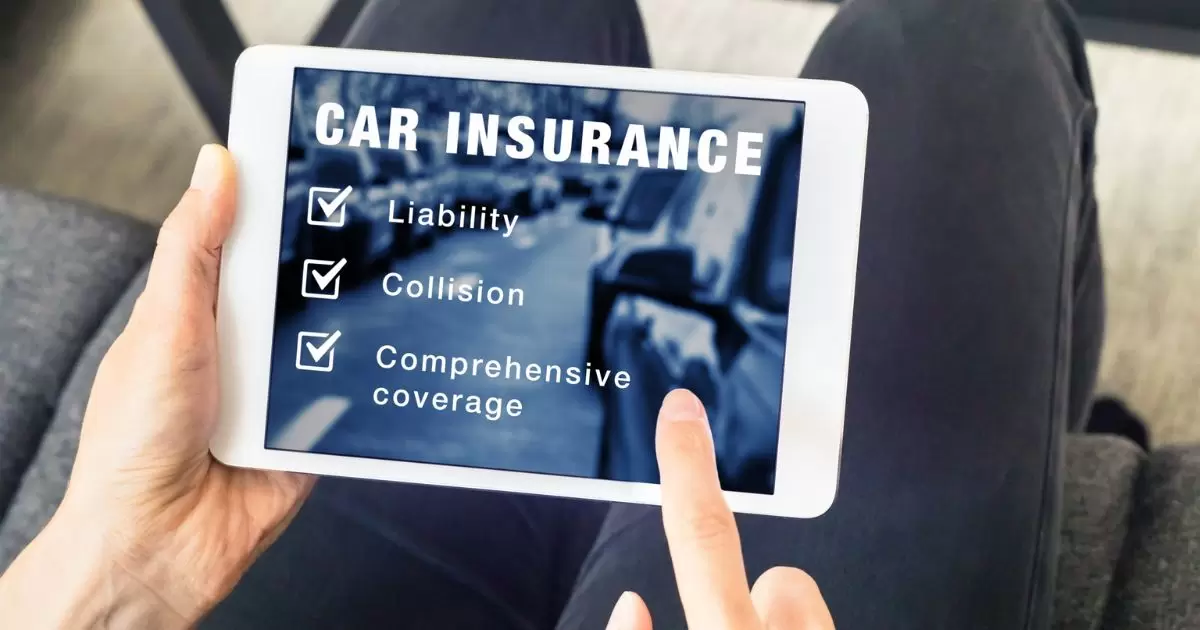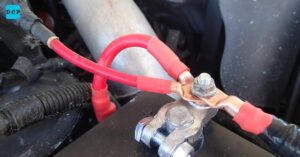“Understanding auto insurance coverage is essential for protecting yourself and your vehicle.”
Auto insurance is crucial for anyone who owns or drives a car. It provides financial protection in case of accidents or damage.
Knowing the details of your coverage helps you make informed decisions. In this article, we’ll break down what you need to know about auto insurance coverage.
What Is Auto Insurance?
Auto insurance is a contract between you and an insurance company. You pay premiums, and the company covers specific risks. This contract ensures you are financially protected if something goes wrong while driving.
Why Is Auto Insurance Important?
Auto insurance is essential for several reasons. It provides financial security in case of an accident. Without it, you might have to pay for damages or injuries out of pocket.
Types of Auto Insurance Coverage
Understanding different types of coverage can help you choose the right policy. There are several main types, each covering various aspects of risk.
Liability Coverage
Liability coverage pays for damages or injuries you cause to others. It includes property damage and bodily injury. This is usually required by law.
Collision Coverage
Collision coverage pays for damage to your vehicle after an accident. It covers repairs or replacement if your car is damaged in a collision. This type of coverage is optional but recommended.
Comprehensive Coverage
Comprehensive coverage protects against non-collision events. This includes theft, vandalism, and natural disasters. It also covers damage from events like hail or flooding.

Uninsured/Underinsured Motorist Coverage
This coverage helps if you’re in an accident with a driver who has no insurance or not enough insurance. It covers medical bills and property damage caused by the at-fault driver.
Factors Affecting Your Auto Insurance Rates
Several factors influence how much you pay for auto insurance. Insurance companies consider various aspects of your driving and vehicle.
Driving Record
Your driving record impacts your insurance rates. A history of accidents or traffic violations can lead to higher premiums.
Vehicle Type
The type of car you drive affects your insurance cost. Expensive or high-performance vehicles typically cost more to insure.
Location
Where you live also affects your insurance rates. Areas with high traffic or crime rates may lead to higher premiums.
Age and Experience
Younger drivers or those with less driving experience generally face higher rates. Insurance companies view them as higher-risk drivers.
How to Make Your Car Faster: Tips and Techniques
How to Choose the Right Coverage
Selecting the right auto insurance coverage depends on your needs and budget. It’s important to evaluate your options carefully to ensure you have adequate protection.
Assess Your Needs
Consider your driving habits, the value of your vehicle, and your financial situation. This will help you determine the types of coverage you need.
Compare Policies
Shop around and compare different insurance policies. Look at the coverage limits, deductibles, and premiums. Choose the policy that offers the best value for your money.
Review and Update Regularly
Your insurance needs may change over time. Regularly review and update your policy to make sure it still meets your needs.

Common Auto Insurance Myths
There are several misconceptions about auto insurance. Understanding these myths can help you make better decisions.
Myth 1: Cheaper Is Always Better
Cheaper insurance isn’t always better. Low-cost policies may offer less coverage or higher deductibles.
Myth 2: You Don’t Need Insurance If You Have a Good Car
Even if you have a new or valuable car, insurance is still necessary. It provides protection against unforeseen events.
Myth 3: Your Insurance Will Cover All Costs
Insurance may not cover all expenses. Understand your policy’s limits and exclusions to avoid unexpected costs.
Answers to Key Question.
What is the minimum auto insurance coverage required by law?
The minimum coverage required varies by state. Generally, it includes liability insurance for bodily injury and property damage.
How can I lower my auto insurance premiums?
You can lower your premiums by maintaining a clean driving record, choosing a higher deductible, and comparing different policies.
Does my auto insurance cover rental cars?
Many auto insurance policies cover rental cars, but it’s essential to check with your provider. You may need additional coverage for rental vehicles.
What should I do if I am involved in an accident?
Report the accident to your insurance company as soon as possible. Provide all necessary information and follow their instructions.
Can I add additional drivers to my auto insurance policy?
Yes, you can add additional drivers to your policy. Be sure to inform your insurance provider to ensure they are covered.
What is gap insurance?
Gap insurance covers the difference between what you owe on your car loan and the car’s current value if it is totaled in an accident.
Conclusion
Understanding auto insurance coverage is vital for ensuring you are adequately protected. By knowing the types of coverage and factors affecting your rates, you can make informed decisions.
Regularly review your policy and stay informed to keep yourself and your vehicle safe.

Hi! I’m Sophia Bennet, the author of drivecarspedia.com. I share my passion for cars through helpful tips, reviews, and easy-to-understand information. Join me as we explore the exciting world of automobiles together!








